A formula for balanced meal planning
Meal Planning can be super overwhelming, but a template can make the process so much easier. Follow this simple template for balanced meal planning that is simple and easy to do.

When it comes to balanced meal planning there are a lot of things that keep us stuck.
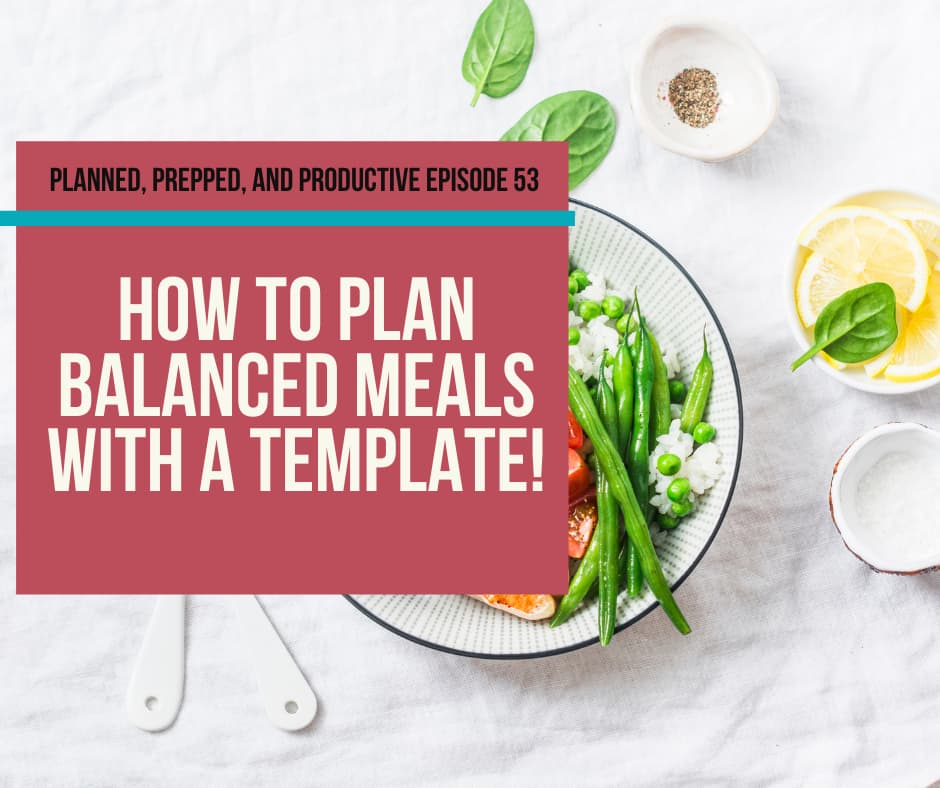
Maybe you’ve got a good system going, but then someone tells you about how terrible those boxed meals you’ve been using are for you so you decide to start at square one.
Or you read that article about the whole 30 diet and decide you really shouldn’t be eating any dairy.
Only to two weeks later find out you shouldn’t be eating fruit because it has too much sugar.
…and a few months after that to find out you were wrong about the whole thing, dairy’s fine, fruit is fine, but meat. Meat is the enemy.
…and all those processed things you’re feeding your kids (you know the only foods that they are actually eating) those are the worst and they’re going to kill everyone. Like yesterday. But if not yesterday than tomorrow. For sure.
Obviously I’m being a little dramatic, but the truth stands.
Today’s world is full of conflicting health and nutrition messages.
Even if you aren’t being bombarded by health and nutrition messages (which, let’s face it, you are) the food police that live in your own mind are probably constantly sowing doubt in your mind about your meal planning too.
Thoughts like if you cooked from scratch more you could probably lose that 5 lbs.
Or your kids really would behave better if they didn’t eat so much sugar.
The food police are very real and while sometimes they exist in other people most of the time they exist the strongest in our own minds.
What role do the food police and demonizing foods play in meal planning?
It’s no wonder that balanced meal planning can feel so daunting.
Balanced meal planning really isn’t rocket science, but when your mind is clouded by all of these thoughts in addition to worrying about.
How am I going to get my kids/family to eat this?
How am I going to even have time to prepare these meals?
Suddenly meal planning feels like a really daunting process.
My goal with this episode is to unpack some of these mindsets that are keeping you stuck and then, only AFTER we’ve done that I will introduce you to my foolproof meal template for meal/snack planning. It’s super simple, but it honestly won’t be effective until you’ve made some mindset shifts and you’re ready to let go of a lot of these thoughts are keeping you stuck.
What does healthy even mean?
This is a huge soapbox of mine so hold tight.
Can we talk about how we all just throw this word around constantly, but it actually means something different to everyone.
In the introduction to this episode we went over a lot of the different thoughts you might have about healthy eating, and there are about a hundred thousand more I could have gone over.
Even meriam webster has 4 DIFFERENT definitions for the word healthy (and if you asked society at large there would be infinitely more).
I want to dig into a few of these definitions from meriam webster.
The first is free from disease. This brings me to a point that we are all different and our bodies have different needs. Some of us are not, in fact, free from disease and for these people what is “healthy” might be different.
Someone with celiac disease would need to refrain from eating gluten to remain “healthy” by this definition (free from disease, or at least free from symptoms of disease) whereas the rest of us are free from disease whether or not we consume gluten.
There are lots of other examples, but that was an easy one.
So by this definition, we cannot define healthy in the same way for every person. It’s just not accurate.
Another definition of healthy by meriam webster I like even better.
The first one is beneficial to one’s physical, mental, or emotional state : conducive to or associated with good health or reduced risk of disease
So any food or product that is beneficial to health would fall into this definition.
What I like the most about this definition is that it considers your whole entire health, including your mental and emotional health.
For some reason the pillar of health that we talk the most about is physical health, which is one of only 3 different parts of health.
Foods or products that are healthy physically might not always be healthy mentally.
…and more important to point out there are many people out there who might be very disciplined about their “healthy diets” but if their mindset is not in a healthy place they are not healthy no matter what their diet looks like.
The truth is, we must have a balance in our diet of foods that are physically healthy as well as emotionally healthy or mentally healthy.
This really reminds me of another podcast I have where I go into all the reasons we eat that have nothing to do with nutrition.
Read: #16 The 5 Powerful reasons we eat that aren’t nutrition
A healthy diet likely looks like one with plenty of foods to fuel our bodies, but also a night out with friends to enjoy ice cream or another favorite treat to treat our mental health, and some of our favorite comfort foods for when our emotional health is in need of some TLC.
Before we move on, I want to go into one more definition of healthy which is not small or feeble.
Now in all fairness, this definition is generally used when describing an object (as in a healthy sum of money) but I do think it’s really interesting that we’re constantly being sold the idea that being “healthy” is avoiding food and withering away so we barely exist.
As a woman I refuse to be told that I need to restrict food until I no longer exist. I’m not here for it. I want to be a “healthy” woman in all definitions of the word, and I hope you want to join me on that quest.
Done is better than perfect (a word on perfectionism)
So now that we know the definition, let’s get back into balanced meal planning.
When we are creating a meal plan we need to create a plan that benefits our physical, mental, and emotional health.
Okay cool. We can do that, right?
But not so fast.
We’re not only talking about food here.
If we were just talking about food that would be easy.
Create a meal plan that’s mostly whole grains and vegetables. Maybe add a small dessert for our emotional/mental self and call it good.
But it’s more than that.
In order to create a healthy meal plan we have to consider how the meal plan itself is going to affect our physical, mental, and emotional health.
So is our meal plan do-able? Does it fit into our life and schedule? Is it overly time-consuming? Will the people in our life even like it?
What this means is that on a given night takeout might be the healthiest option. Because if takeout allows you to be fed (a necessary part of being healthy) and doesn’t cause your stress levels to go through the roof then it’s the option that takes all aspects of health into consideration.
Our goal here is to create a meal plan that meets all aspects of our health. We don’t want to forget about physical health because it’s one of the pillars of good health, but we want to consider all of them.
So what are some ways we can do this with our meal plan?
4 ways to make a meal plan that is healthy for your mind and body
- Remember to be considerate but not catering
- Last week we talked all about being considerate but not catering. So a reminder if you missed that episode, being considerate but not catering means that you consider the needs of everyone in your family and accomodate them only in a way that doesn’t make more work for you or require you to meet their constant demand. So being considerate would be including something you know your kids like at every meal, while catering would be making them their own meal every night after they throw a fit about what you’ve chosen to serve. Make Sense?
- So, the point here? A healthy meal plan for your family is one that everyone can reasonably live with. There’s something everyone can eat, and also some things that are healthy for your body that they can practice trying. Your boundaries are important too. A healthy meal plan is one that allows you to sit down at mealtime and eat (and not run endless errands for your children after the meal has begun)
- A word on sugar, butter, oil, any other demonized foods here
- We’re digging into the food police here again…but if you can help your family (or yourself) eat things that are physically healthy using things that are typically demonized (like butter, salt, sugar) by all means do it. Food is not healthy until it’s eaten, and if you will eat your vegetables with some teriyaki sauce or butter, do it! This is a great way to make the physically healthy things manageable mentally for you and your kids!
- No food rules!
- As I am about to introduce a guide for creating healthy meals, I need to put a caveat that a healthy meal plan or food philosophy does not include food rules. So even as I introduce this template please remember that it’s a GUIDE. Food rules just introducte the food police back into your life. In reality you will have dinners with no vegetables. You’ll have meals that are lower in protein. It’s okay. Stick to the guide to help give you peace of mind that everyone is usally getting what they need, but don’t stress the times that it’s not perfect. That’s life.
- Use shortcuts and helps as necessary (and create your own shortcuts and helps as you can)
One last word before I share the guide (seriously this is the last thing)
Why use a balanced meal planning template?
You might wonder why you should even have a guide or a template if you aren’t supposed to have food rules.
That’s a good question.
A template is amazing because it takes a lot of the thought and decision-making out of the equation. I also have an episode on decision fatigue and the huge role it plays in the life of moms. It’s no bueno.
Read: Decision fatigue: what it is and how to overcome it
So having a template or guide can help you when you want to plan quickly and don’t want to have to think as much about it. So, use the template when it’s useful…when it’s not, when it’s takeout night, or when you just aren’t feelin it, don’t. K?
Alright, let’s get into balanced meal planning.
How to categorize your foods for easy and balanced meal planning
Let’s start out by defining the 3 different food groups I will be using to create this formula/template.
You may be thinking, but there’s way more than 3 food groups. You are totally right, and to be honest, grouping foods into categories is actually an extremely difficult process and it can’t be done perfectly. Which is why we’re keeping it simple and we’re not stressing it.
So the 3 food groups are:
Proteins, carbohydrates, and fruits and vegetables.
Proteins include meats, fish, nuts, legumes, greek yogurt, eggs, and some cheeses
Carbohydrates include bread, rice, pasta, sugary foods, potatoes, sweet potatoes and others
Fruits and vegetables should be pretty self-explanatory.
You are probably already thinking things like, but isn’t an apple a carbohydrate? …and the answer is yes, an apple is a carbohydrate and it’s also a fruit. Don’t sweat it. I know the system’s not perfect. Just choose which group you want to put it in. No big deal!
Why no dairy group?
The USDA recommends 3 servings of dairy per day, so why is it included in this balanced meal planning template?
The reason for this is two-fold. The first is that we get dairy in so many ways a little cheese on our eggs, yogurt in our smoothies, milk in that creamy soup we make for dinner. I have found that most people don’t struggle fitting dairy in through the day so it’s not included as it’s own group. You can choose high protein dairy foods as a protein to get them in!
The second reason I don’t include dairy is because of the high numbers of people who can’t enjoy dairy due to allergies or intolerances so it’s more inclusive to simply leave it out!
How much protein do we actually need?
I also want to include a quick note on protein. Most American diets are high in carbohdrate and fat, and low in protein. An easy way to estimate how much protein you need (and remember, needs vary greatly depending on activity level, lifestyle, or even different disease states so this is just a rule of thumb) is to plan on about 1 g protein per kg of body weight. Since most of you don’t weigh yourself in kilograms this translates to roughly half of your body weight. So for me, at 135 lbs I need about 67.5 grams of protein per day. Another quick note, I workout and lift weights regularly so I actually aim for closer to 90 g. But for maintenance, that 67.5 grams should be sufficient.
The whole point of bringing up that technical stuff is because many of us THINK we are eating plenty of protein because we are eating cheese, nuts, peanut butter, for “protein” but many of the foods that we have been taught are high in protein are actually even higher in fat. So it’s actually hard to eat enough protein if we’re focused only on these foods.
This is why there’s so much talk about “lean protein” (a term you’ve probably heard before). Protein and fat tend to come together, and while we need fat, we don’t need a lot of it. So if you focus on getting most of your proteins from lean protein sources, you’ll be able to fit enough protein in without overdoing the fat.
Some popular lean proteins are chicken breasts, cottage cheese, plain greek yogurt, tofu, lean beef, skim milk, pork loin, beans and legumes, and shrimp.
As a general rule of thumb I try to get 20-30 grams of protein per meal, and 10-15 for a snack. No I don’t track, but I will occasionally check nutrition facts as I am meal planning to be sure that we’re meeting our needs as a family most of the time. Remember that this is based on my body size and activity level and will vary slightly for everyone.
Okay. Sorry if that part was overly technical but you need to understand the 3 different groups we’ll be choosing from before we dig into the template.
A template for balanced meal planning
The template is very simple.
Meals:
2 servings of fruits/veggies
1 serving protein
1 serving carbohydrate
Let’s go over an example of what this looks like in real meals.
So for breakfast you could choose a smoothie with a serving of spinach, a serving of fruit, greek yogurt and/or protein powder, and a whole wheat muffin or a piece of whole grain toast.
Lunch might look like a salad with 2 servings of veggies and a turkey sandwich (which would include carb + protein) note here that any extra veggies are always welcomed, not penalized so feel free to load up that turkey sandwich with veggies as well
Let’s have a stir-fry for dinner with 2 servings of stir-fried veggies, 1 serving of rice for carbohydrate, and a serving of teriyaki chicen for protein.
Snacks:
Okay so what about snacks?
For snacks I simply choose 1 serving of two food groups
I try to choose protein and fruit/veggies more often than carbohydrate because I find that I never struggle to eat enough carbs, but if I needed a quick burst of energy I would probably combine a protein and carb to give me that filling and satiating protein and quick burst of energy from the carbohydrate.
Let’s see what this might look like in real life.
Veggies and Cottage Cheese dip
Apples and Peanut Butter
A cookie and a low-fat string cheese
That’s a wrap!
I know there was a lot of other stuff to listen to get to something so simple, but I promise that unpacking those mindsets we did in the beginning is the only way you would accept this simple balanced meal planning formula.
Now try it out, let go of some of that guilt and know that you’re doing a good job!
Next week we’re talking about hellofresh. I tried the service out for you and you get to find out exactly what I thought about it. I had a lot of interest in this topic on instagram when I teased it a few weeks back, and now I’m ready to answer all of your burning questions!
Thanks for listening friends, until next week happy planning!
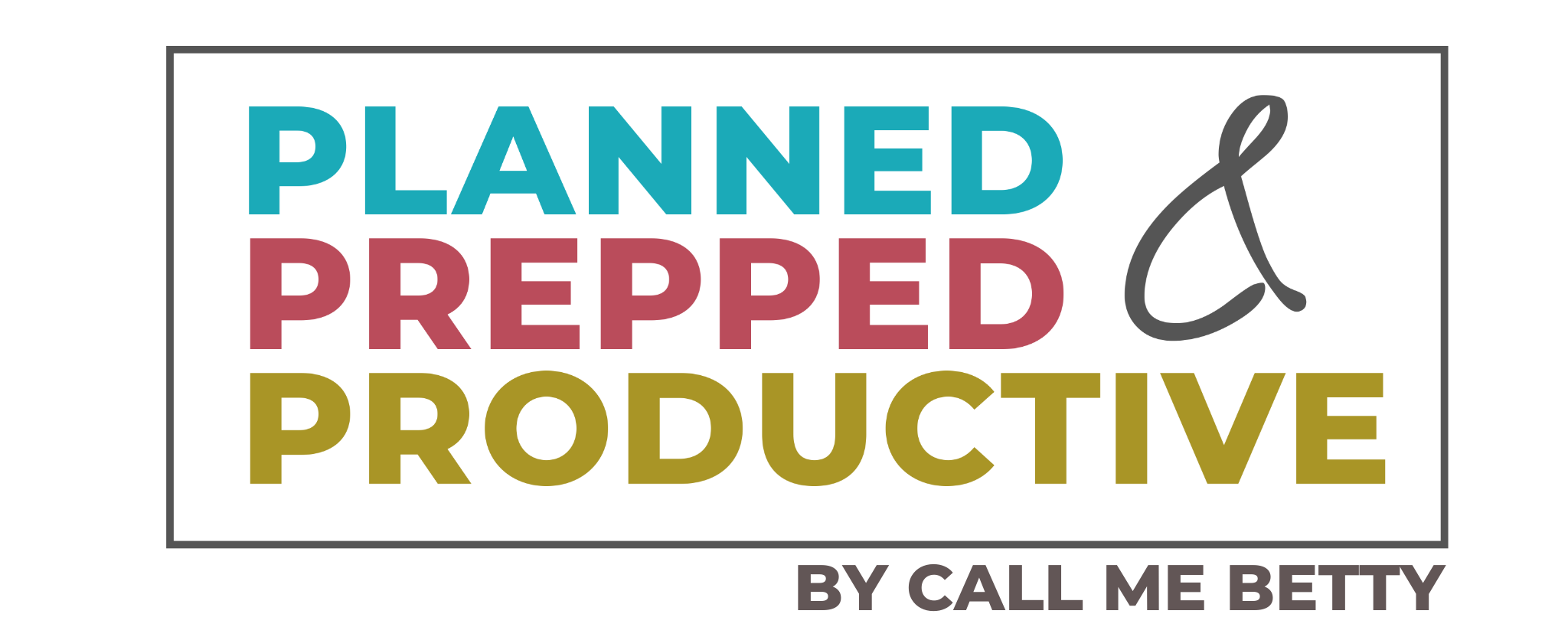
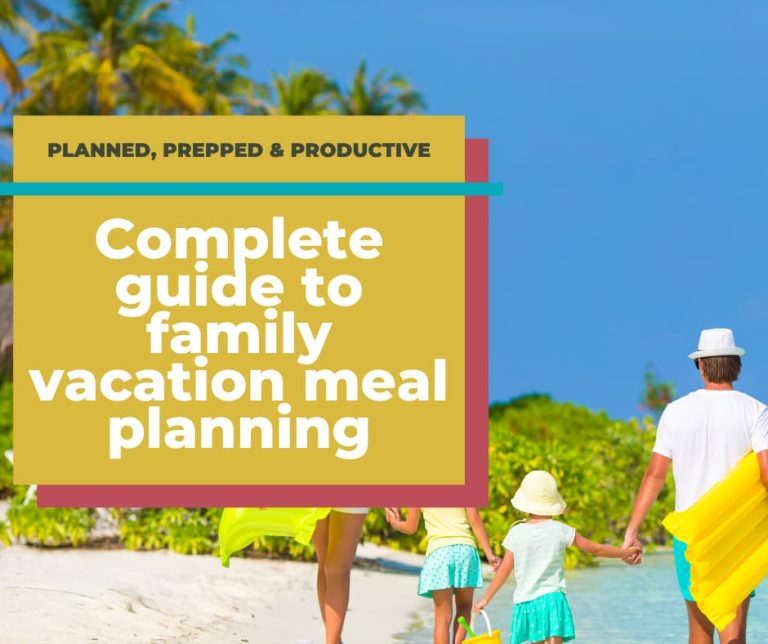

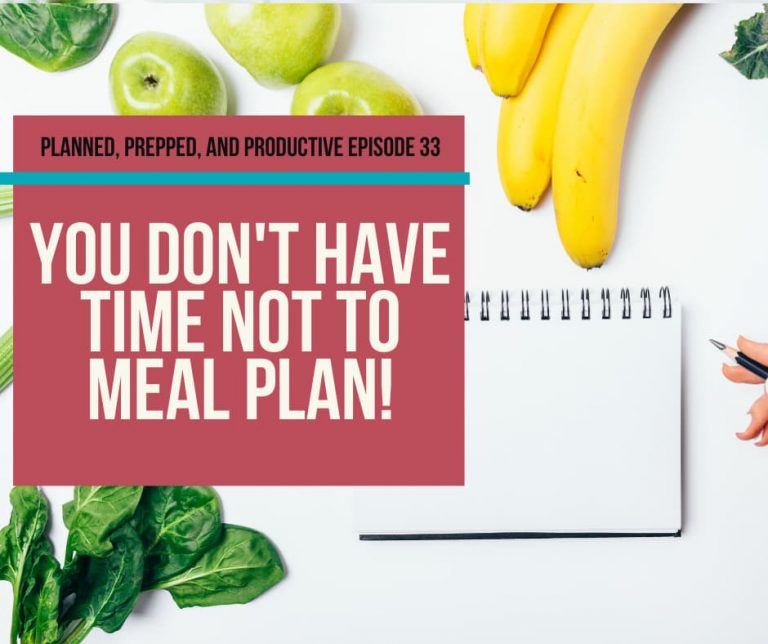

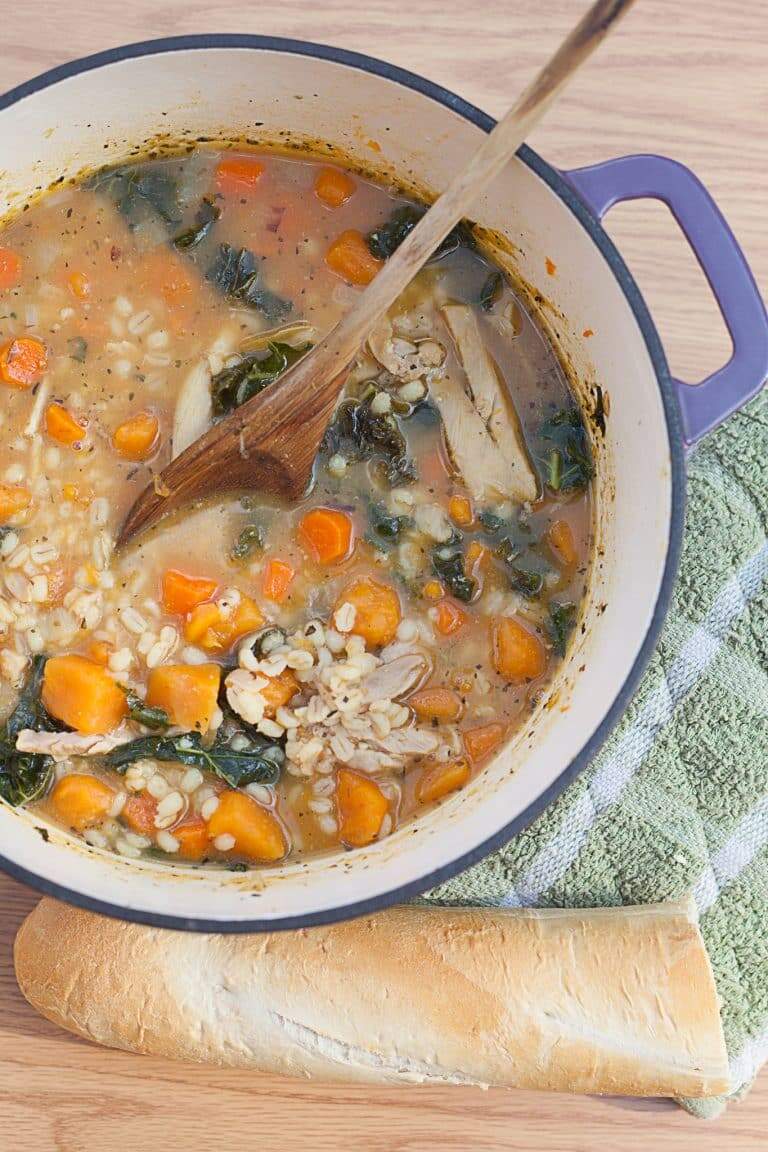
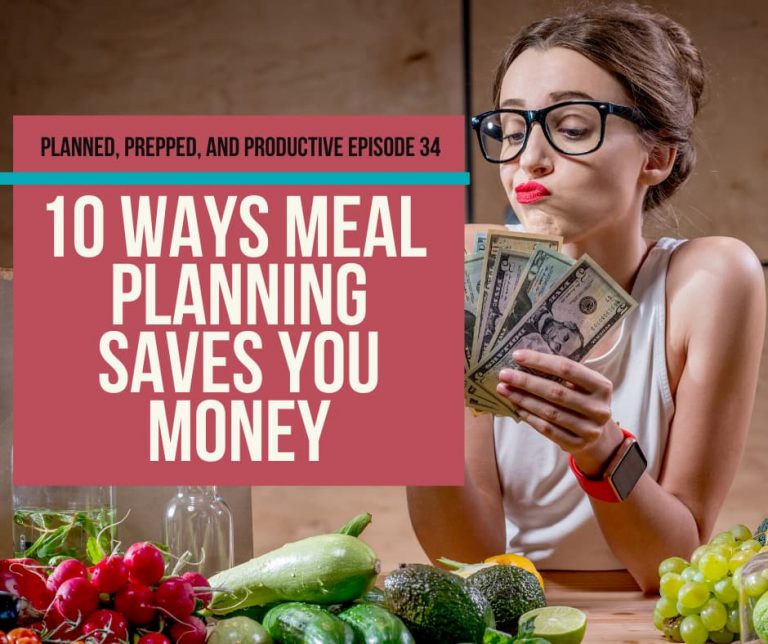
For fruits/veggies and carbohydrates, how much is considered a serving?
Thanks!
For fruits and vegetables most often 1 Cup is a serving (there are a few exceptions) for grains 1 oz is a serving which is harder to estimate but is generally about 1 slice of bread, 1/2 cup cooked grains like pasta, rice, etc…
Thanks so much, Amanda. I do try to look things up myself, but it can be very confusing when you see different answers on different websites for the same thing.